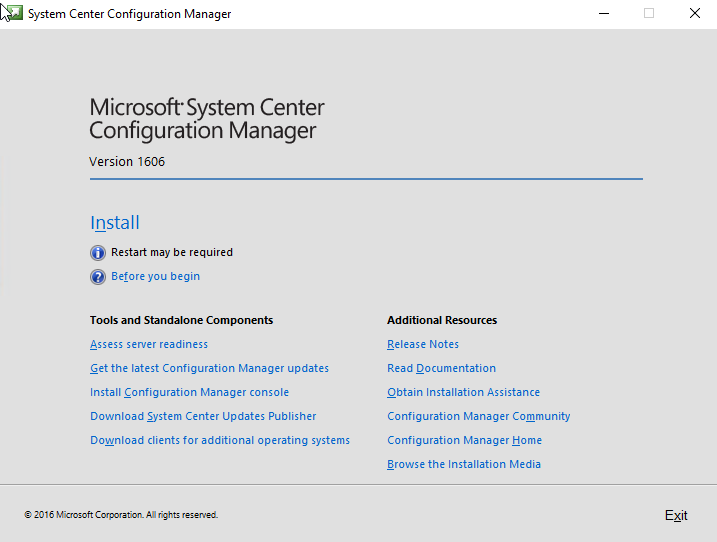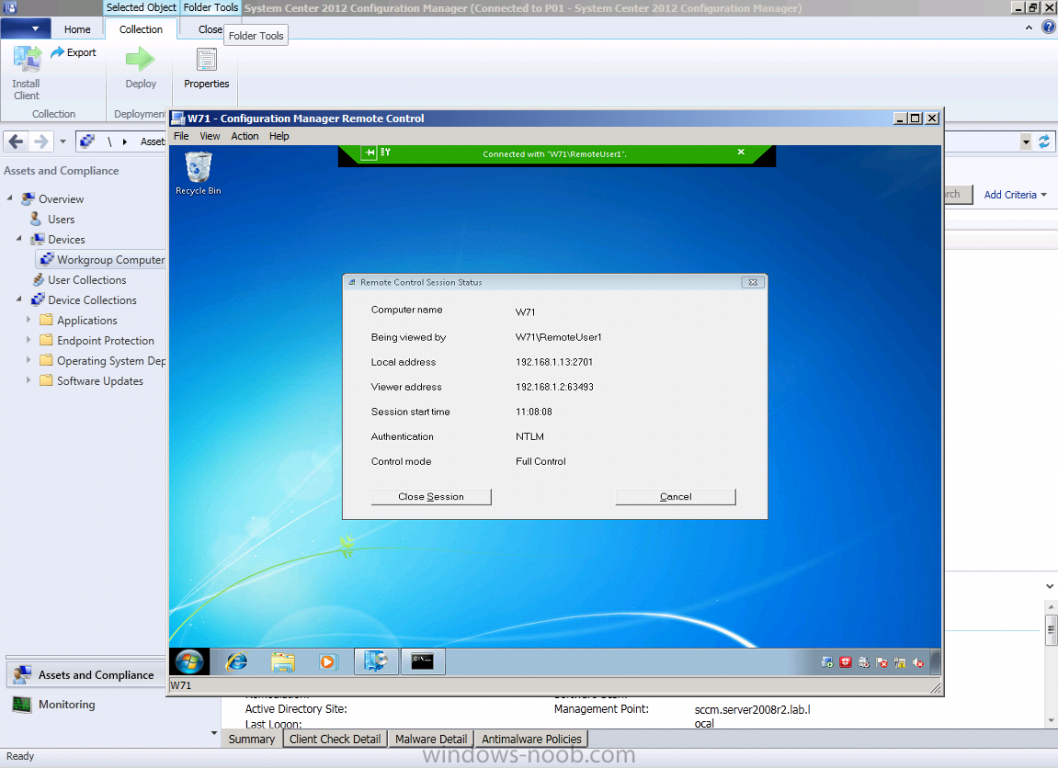
The buttons on the ribbon change based on the node. The ribbon can have more than one tab and can be minimized using the arrow on the right. The ribbon is at the top of the Configuration Manager console. You can use PowerShell to manage console folders with the following cmdlets: When you select the folder, it usually displays a navigation index or a dashboard. In the console, nodes are sometimes organized into folders. Use the navigation bar to move around the console when you minimize the navigation pane. Once you are in the node, you can select the arrow to minimize the navigation pane. One example of a node is the Software Update Groups node in the Software Library workspace. Select a minimized button and choose Show More Buttons to restore the button to its original size. The last workspace in the list is minimized first. Minimize a workspace button by selecting Show Fewer Buttons. Select Reset to restore the default button order. Reorder workspace buttons by selecting the down arrow and choosing Navigation Pane Options. The Configuration Manager console has four workspaces: For more information about roles, see Fundamentals of role-based administration.

Some areas of the console may not be visible depending on your assigned security role. For more information, see Plan for the SMS Provider.

This feature enforces administrators to sign in to Windows with the required level. You can specify the minimum authentication level for administrators to access Configuration Manager sites. If you've previously connected to site server, select the server from the drop-down list. Select the arrow at the top of the ribbon, and choose Connect to a New Site. To connect to a different site server, use the following steps: During installation, you specified the fully qualified domain name (FQDN) of the site server to which the console connects. You can't connect a Configuration Manager console to a secondary site. The console connects to your central administration site server or to your primary site servers.

If you browse the Start menu, look for the Configuration Manager console icon in the Microsoft Endpoint Manager group. You may not need to type the entire string for Windows to find the best match.

The simplest method to open the console on a Windows computer is to go to Start and start typing Configuration Manager console. For more information, see Install the Configuration Manager console. You can also install it on other computers. The Configuration Manager console is always installed on every site server. This article covers the fundamentals of navigating the console. Applies to: Configuration Manager (current branch)Īdministrators use the Configuration Manager console to manage the Configuration Manager environment.


 0 kommentar(er)
0 kommentar(er)
